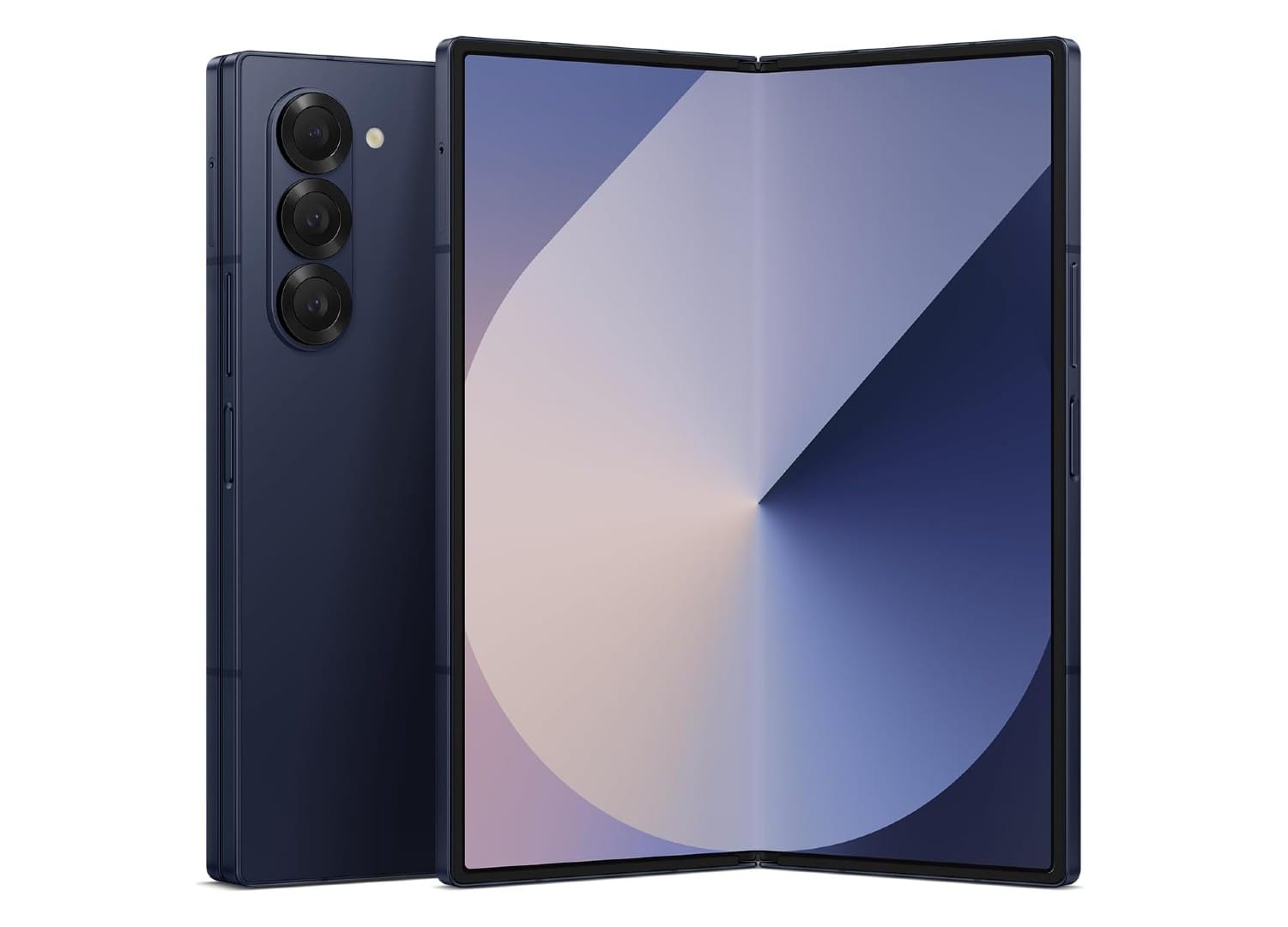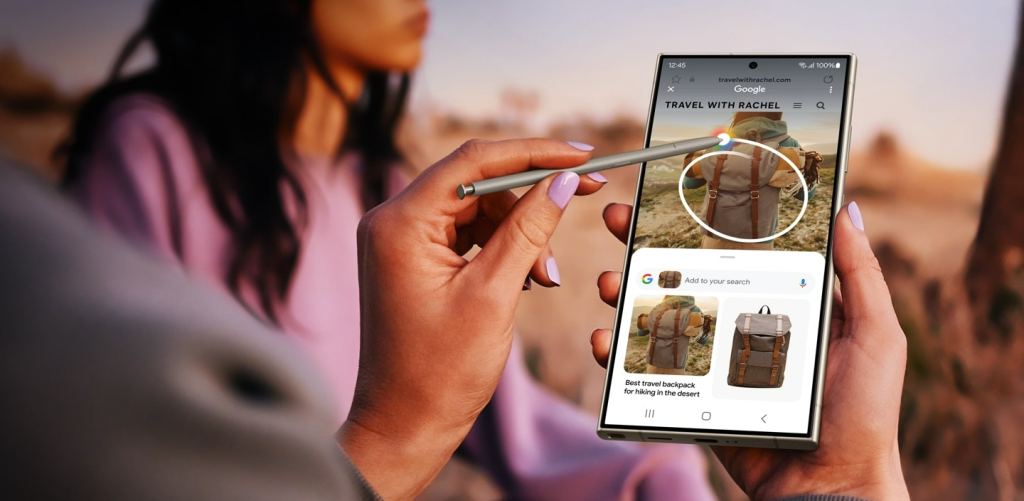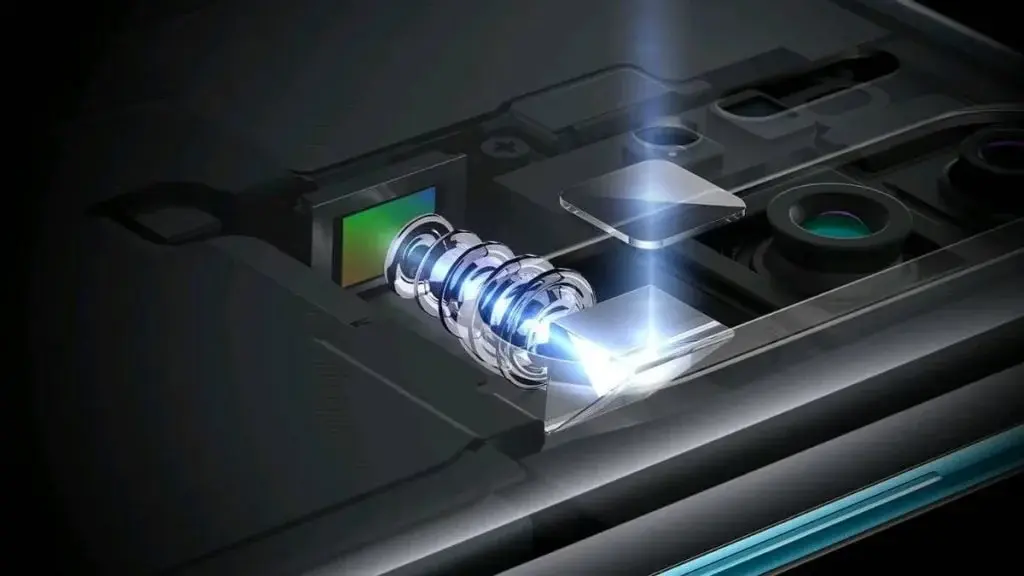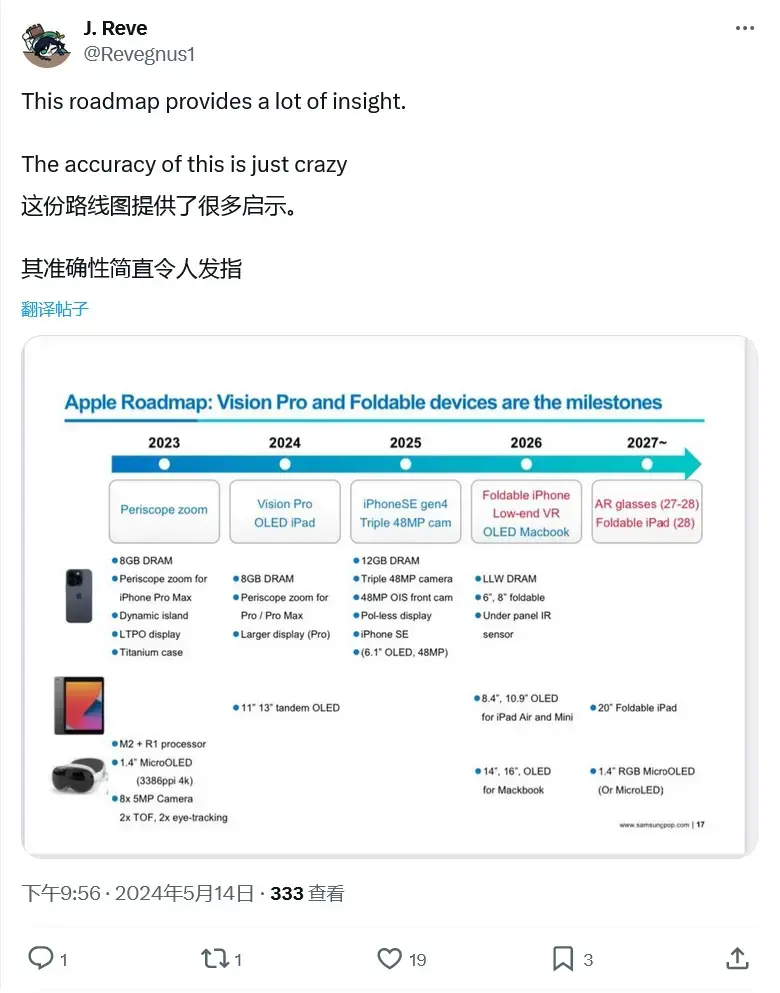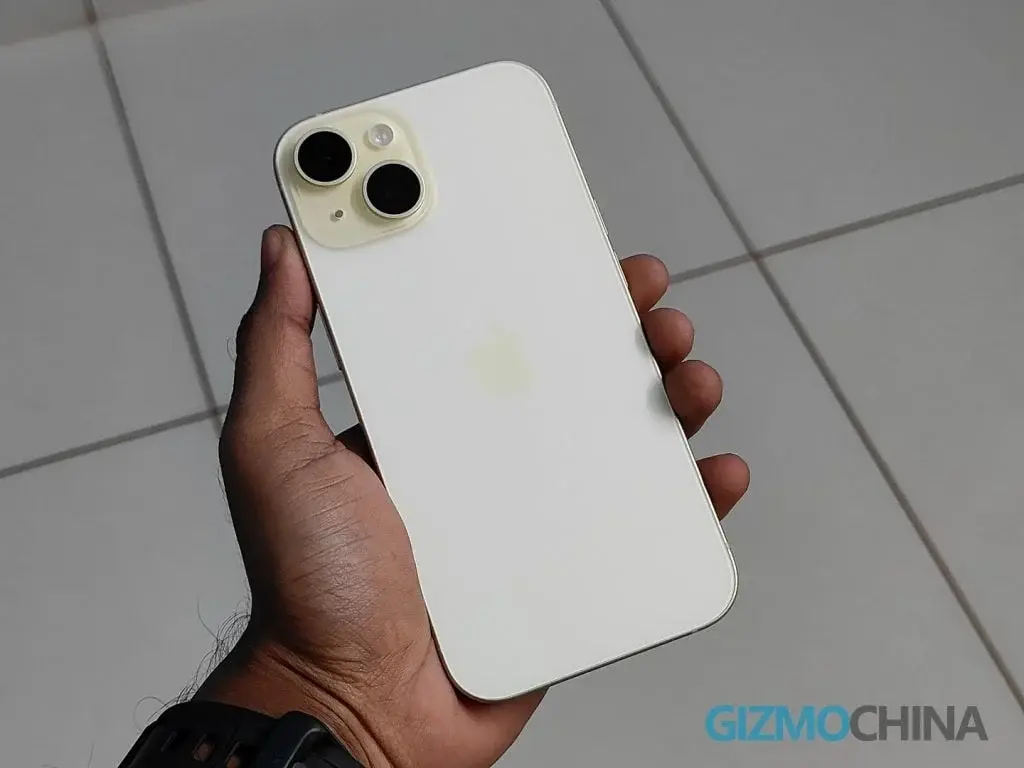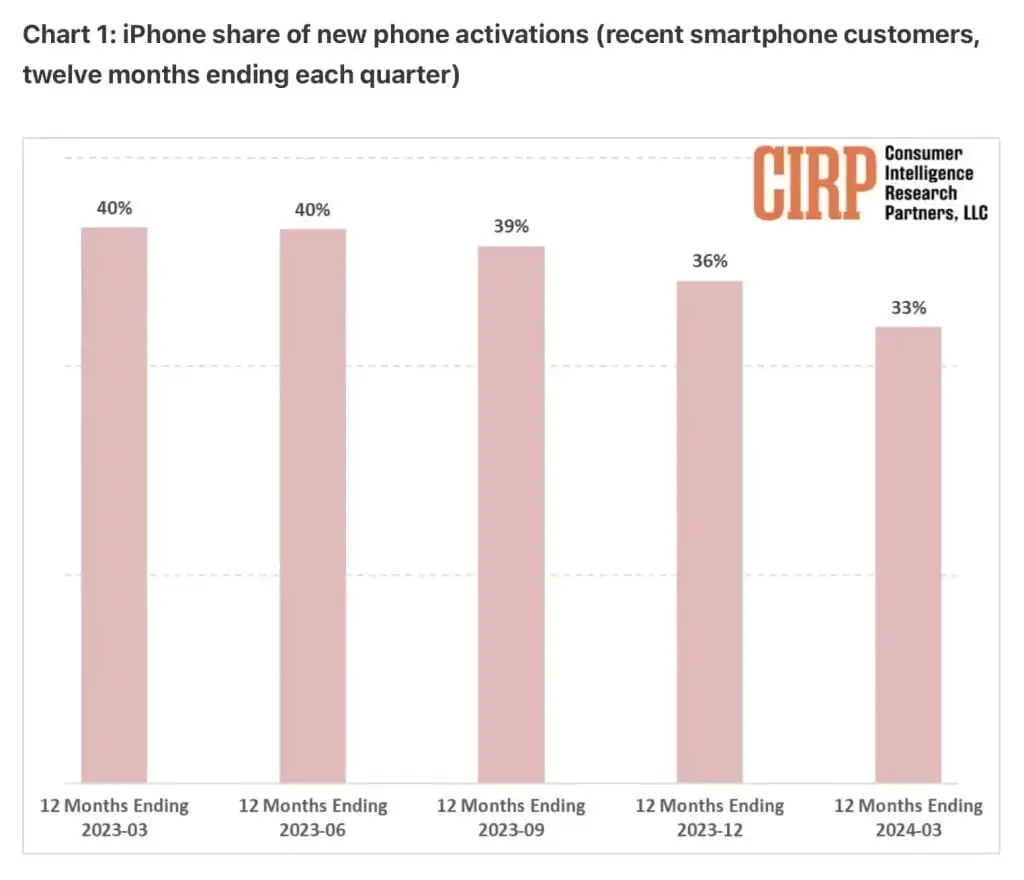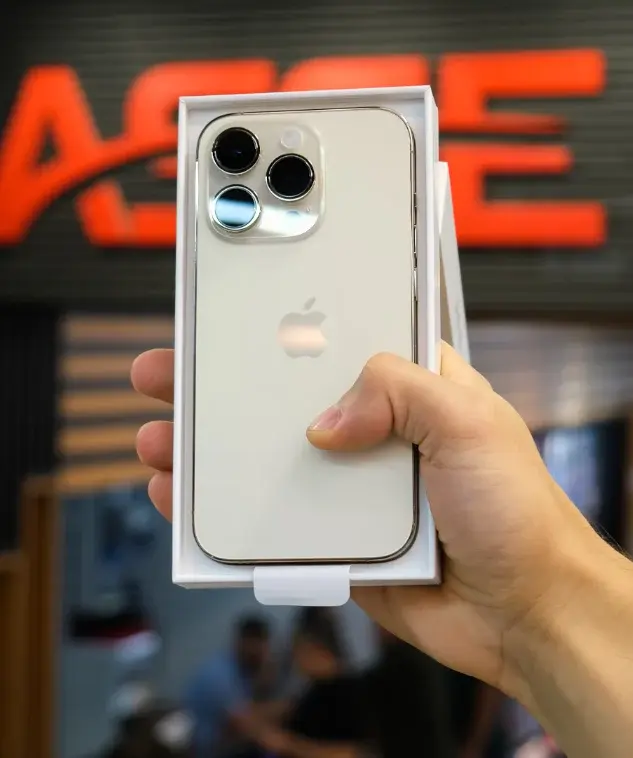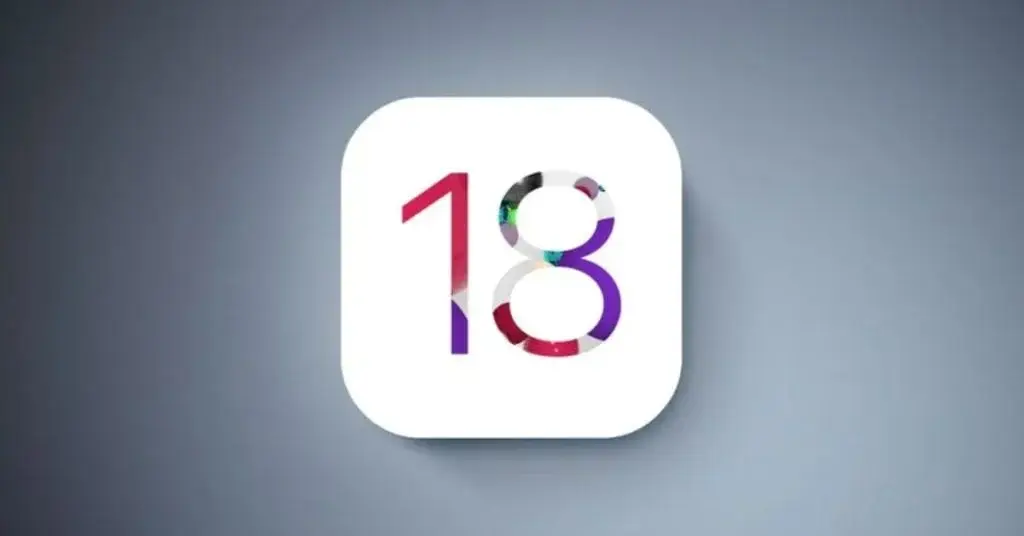It is well-known that Samsung’s smartphone naming system is quite confusing. After a previous effort to simplify things by grouping its non-flagship models under the Galaxy A series, the situation has reverted back to chaos. Recently, a report emerged suggesting that Samsung is looking into a significant change in the way it names its premium smartphones.
New Brand Name Consideration
As per the Korean news outlet, E-Today, Samsung has reportedly conducted an internal analysis to develop a distinct brand name that is different from the Galaxy name currently associated with all its mobile products. The goal is to establish a separate brand, akin to how automotive companies maintain luxury divisions separate from their standard offerings. For instance, Hyundai has Genesis as its premium car line, while Toyota features Lexus as its luxury counterpart.
Competing with Apple
By launching a unique brand for its high-end devices, Samsung hopes to enhance its competitive stance against Apple, whose iPhones are widely recognized as symbols of premium quality. Reports indicate that Samsung is facing challenges against Apple in both the United States and its home turf of South Korea, especially among younger consumers who show a preference for iPhones.
Marketing Challenges Ahead
Although Samsung acknowledges the necessity for a new brand identity for its smartphones, it must also consider various factors, including the marketing expenses that would come with promoting a new brand and how the public would react to it.
In addition, Samsung won’t be the first smartphone manufacturer to adopt multiple brands. Several Chinese smartphone makers, such as Xiaomi and Transsion Holdings (which includes Tecno, Infinix, and iTel), have successfully launched various brands to target different market segments.
e-today via Android Headlines


